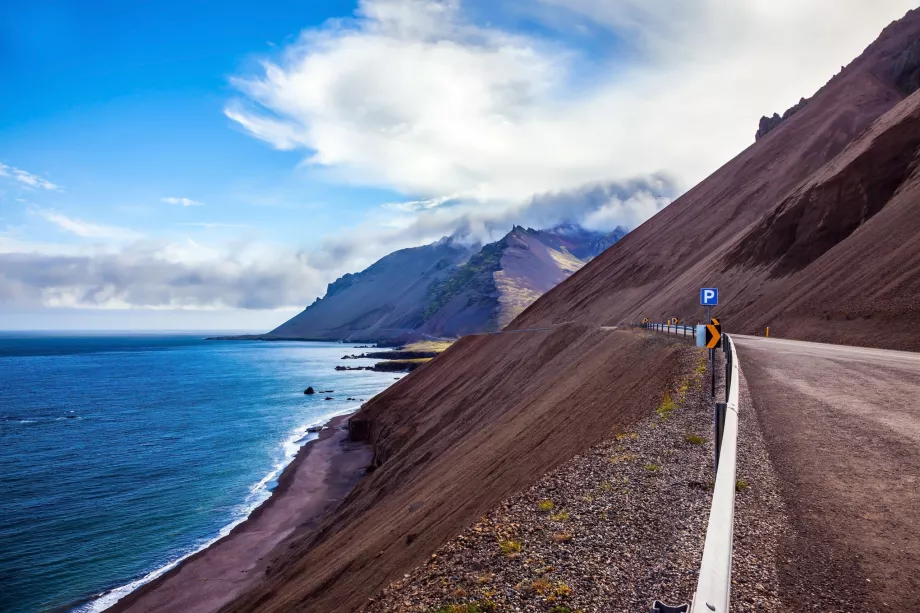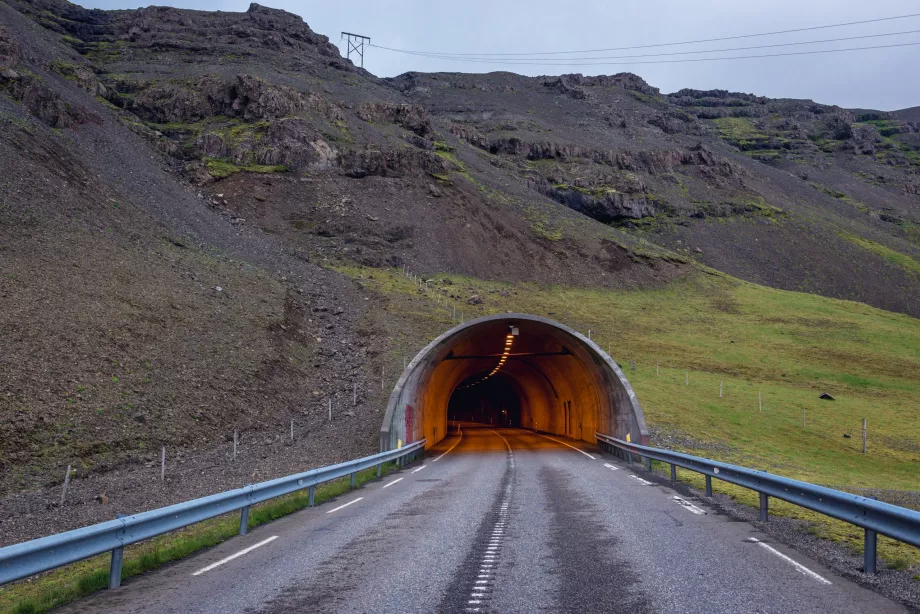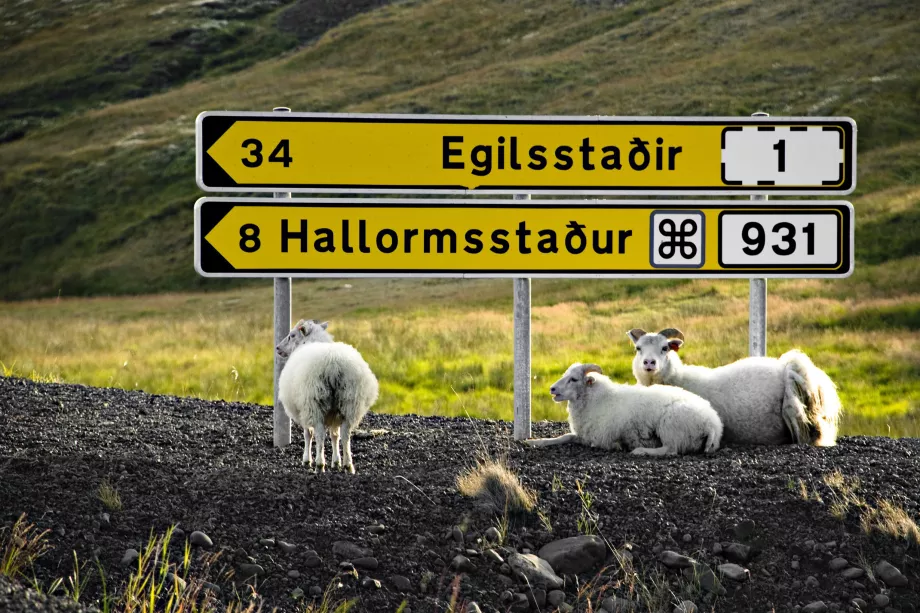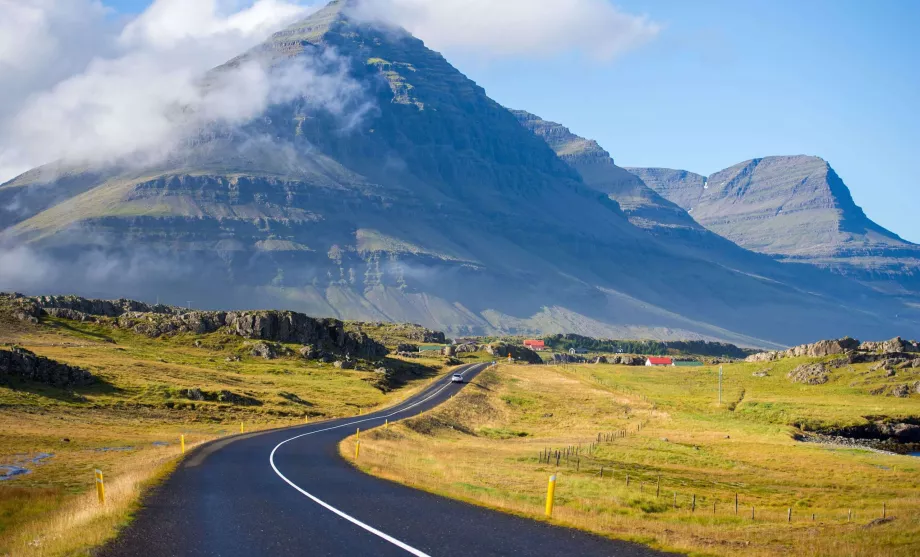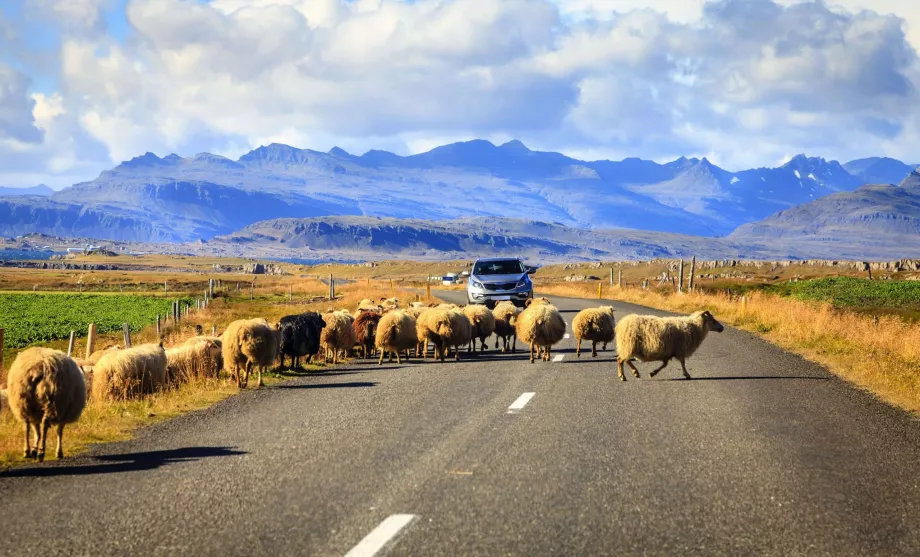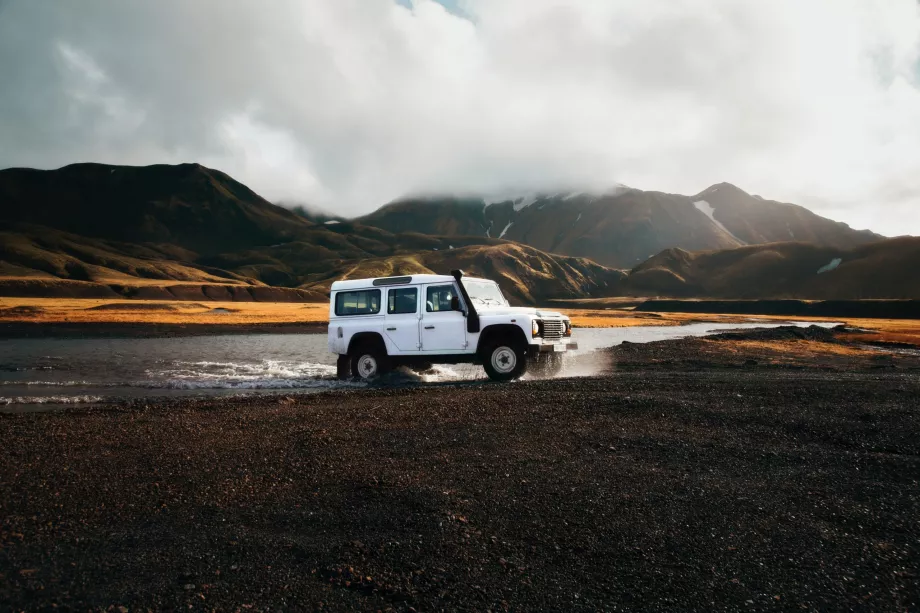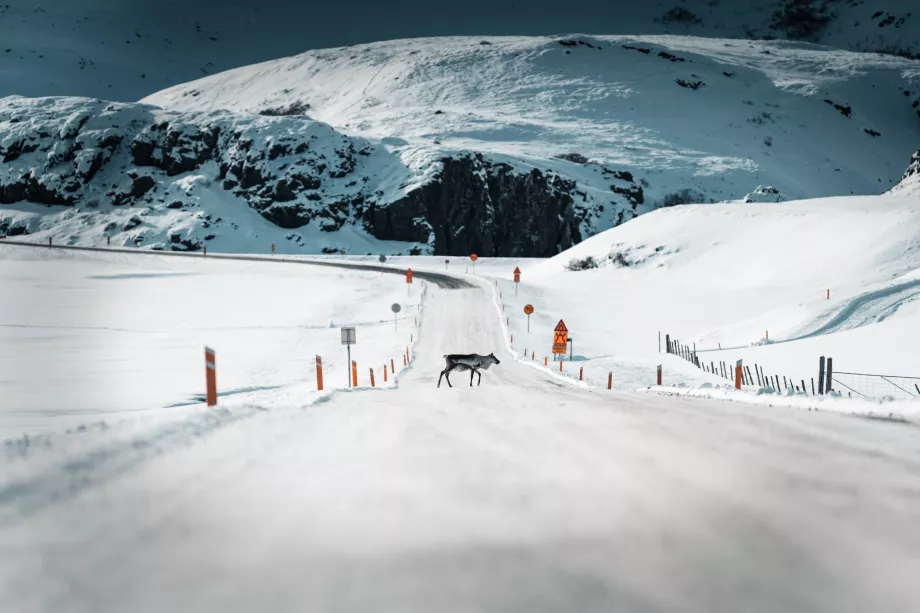Car rental in Iceland
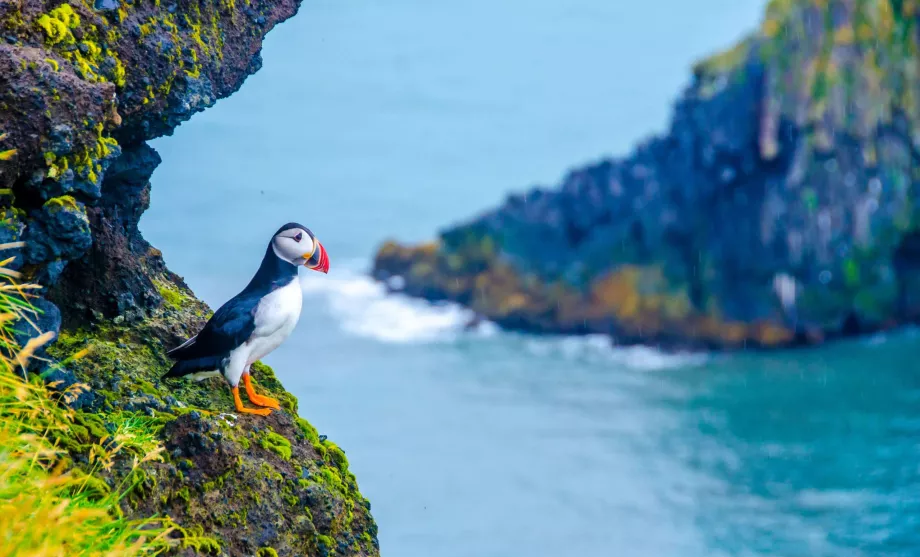
If you don't want to spend your holiday in Iceland only in Reykjavik or pay really big sums for organised bus tours (many times more than renting a car), your first steps after landing will be to the car rental agency. You won't know Iceland without a car.
Where, when and how to book a car in Iceland
When booking a car in Iceland, the price depends mainly on the season. It doesn't make too much difference whether you book 14 days or 5 months before your trip (although booking earlier definitely gives you a chance to get a slightly lower price). Rental prices in winter and summer often vary by up to three times.
To book, we recommend using the comparison engine of most car rental companies, which will sort the results according to your chosen criteria:
Travellers have good experiences with rental companies such as IceRentalCars, Europcar or Budget. Another popular rental company is Geysir, which states directly in its terms and conditions that it accepts debit cards. All of these can be filtered through the aforementioned booking.com website.
Car rental prices in Iceland
Car rental in Iceland is not among the cheapest in Europe. The price depends on the length of the rental period (the longer the rental period, the cheaper the daily rental price), but mainly on the season... Examples of prices are given below. For clarity, we show prices converted to euros.
- Weekly summer rental (small car): from 720 eur
- Weekly rental summer (4x4): from 940 eur
- Weekly rental winter (small car): from 210 eur
- Weekly rental winter (4x4): from 400 eur
- Book a car at booking.com
In Iceland, it's usually slightly cheaper to rent directly in Reykjavik, and more expensive at the airport. If you want to see Reykjavík for at least a day and are happy with a public bus from the airport to the city, renting in the city centre may work out cheaper. It should be taken into account that a one-way bus ticket costs 15 eur, so renting a car would have to be at least 29 eur cheaper in the centre, the difference increasing further if you are travelling with more people.
- Car rental prices at Keflavík Airport
- Car rental prices in Reykjavik
- Car rental prices at Akureyri airport
Always read in detail the rental conditions and especially the insurance conditions, which you can also find on the website Booking.com. Some rental companies include insurance in the final price, elsewhere you will have to pay extra, between 5 eur and 20 eur per day depending on the type of car and the length of the rental.
International driving licence and other documents
Iceland is not part of the European Union, but even so, EU citizens do not need to get an international driving licence before travelling. The car rental company will accept a driving licence from any EU or EEA country.
Travellers from destinations outside the EU need an international driving licence.
Car rental companies usually require a credit card to rent a car. Some companies will also allow you to rent a car with a debit card, but either on less favourable terms or with a very high deposit, often in excess of 1 000 eur. However, there are exceptions, such as Geysir, which does not require a credit card.
Petrol prices
Petrol is more expensive in Iceland than in continental Europe and significantly more expensive than in North America. On average, prices are 30% higher than in Europe and about 110% higher than in North America.
Prices oscillate in euro terms between 1,90 eur and 2,10 eur per litre of petrol.
How do petrol stations work in Iceland?
The density of petrol stations is not nearly as high as in continental Europe. Petrol stations are in the larger towns, never outside the town and rarely in the villages. So, especially on longer journeys around Iceland, definitely don't go on "fumes".
If you rent an electric car, there is no need to worry. There are significantly more charging points for electric cars in Iceland than conventional petrol stations, and they are often located in really small towns far from civilisation.
Regular petrol is referred to as "95", while diesel is known as "Diesel" at the pumps. Prices are per litre of petrol.
All petrol stations in Iceland are self-service. After you drive your car to the petrol stand, get out and select the amount in Icelandic kroner you want to fill up for on the display.
When you fill up, the petrol supply automatically stops when you reach the amount you put in.
If you wish to fill up the tank, select the "Full" option on the screen, at which point the petrol supply will stop at your discretion. In this case, the amount will be charged to your card as soon as you fill up.
Most petrol stations also have a convenience store where you can pay for petrol in cash.
Toilets at petrol stations are usually free of charge. On the other hand, food, drink and sweets are significantly more expensive at Iceland's petrol stations than in supermarkets (2-3 times the price).
Parking
Parking in Iceland is really no problem. After all, in a country with such a low population density, it can't be. The exception is the capital Reykjavik, where parking in the centre is charged (usually around 190 isk per hour), but even here you'll find free parking at the main attractions.
Traffic and traffic regulations
Driving in Iceland is on the right.
The rules here are very similar to those in other European countries. There is no need to prepare for any tricky situations.
Maximum speeds
The following speed limits apply in Iceland.
- In the village - 50 km/h, but in many places the speed is reduced to 30 km/h
- Outside the village on paved roads - 90 km/h
- Outside the village on gravel roads - 80 km/h
Speeds in villages are very often measured, either by police patrols or fixed radars.
Roundabouts
Roundabouts are very common in Icelandic cities and at major intersections outside the cities.
If a roundabout has two lanes (which is especially common in Reykjavik), the vehicle in the inner lane always has the right of way over the vehicle in the outer lane.
At a roundabout you are obliged to use the turn signals as follows:
- If you are leaving the roundabout by the first exit, you flash your right before entering the roundabout.
- If you are leaving by the second exit (i.e. de facto going straight on at the junction), you flash right from about the level of the first exit.
- If you take the left (last exit), you flash left before entering the roundabout. Only at the level of the penultimate exit change to the right.
Driving priority
In Iceland, right-hand priority applies at unmarked junctions. You will find such junctions especially in towns.
In sections where the speed is set by law or traffic signs at 60 km/h, you are obliged to allow the bus to leave the stop without restriction.
Pedestrians always have the right of way over motor vehicles at crossings.
Other rules
What are some other useful traffic rules?
- Blood alcohol is not tolerated at any level.
- Talking on the phone while driving is strictly forbidden and is often subject to police checks.
- Lights are mandatory throughout the day (daytime in low visibility, nighttime in low visibility).
- Driving off the marked road is strictly forbidden.
Traffic density and road quality
There are no motorways in Iceland.
Icelandic drivers are in most cases considerate and regulations are followed. You may encounter heavy traffic in the centre of Reykjavik, but otherwise driving in Iceland is more of a relaxing experience on empty roads.
Rural roads
Due to Iceland's very sparse population, you have to expect a lot of dusty gravel roads. Even on the 1,340 km long main ring road around the island ("Ring Road"), you may encounter short unpaved sections in the east of the country.
In this context, it is a good idea to check the conditions of the rental companies, as some of them prohibit non-4WD cars from driving on unpaved roads. Should you disregard this prohibition and have an accident or damage to your car on a gravel section, you will automatically be liable for the full amount of the damage.
It is also important to remember that many natural attractions cannot be accessed without an off-road SUV. The main problem is not so much the gravel roads, which are usually passable for conventional cars, but especially the many river fords that are very common in remote areas of Iceland.
Generally speaking, however, you'll have no problem getting around Iceland in a conventional car, even when travelling the so-called Golden Circle. Information on whether a particular attraction is accessible by conventional car or not is also described in the details of places to see in Iceland.
Official website road.is
A great tool for planning car journeys in Iceland is the Icelandic government's official website road.is, which provides complete information on current road passability, maps of paved and gravel roads, and more.
- Current road conditions
- Webcams, wind strength and map of rest areas
- Mountain road information
- Road maps
Another good overview site is safetravel.is with similar and often better executed information on travelling in Iceland.
Driving in winter
Driving in Iceland during the winter also has its specifics. Only the really important roads in the major cities are maintained, and even then without salt. So be prepared for frequent driving on packed snow. The roads are lined with orange high poles that border the roadside.
Really count on the fact that if you go to Iceland in winter, you'll almost 100% be driving in the snow. In addition, a large percentage of rural roads, which don't lead to permanently populated areas but only to tourist attractions, are closed in winter. And winter in Iceland usually means the period from October to the end of May.
Toll
Iceland's roads, tunnels and bridges are all free with one exception.
That is Iceland's second longest tunnel, the 7.5km Vaðlaheiðagöng in the north of the country near Akureyri. It lies on the main Ring Road number 1. You pay to go through the tunnel 1 500 isk. The toll can only be paid online at veggjald.is/en/pricing.
You can pay the toll up to 24 hours before you plan to travel and up to 24 hours after you pass through. The tunnel is monitored by CCTV and if you do not pay, a demand letter will be sent to the address of the car owner (typically a car rental company), plus an administration fee 400 isk. The car rental companies will automatically charge this fee to your credit card.
Any questions left?
If you have any questions or comments about the article...

